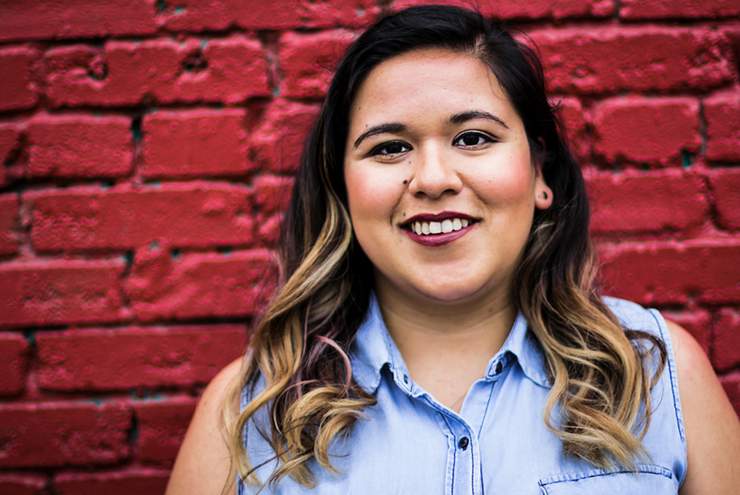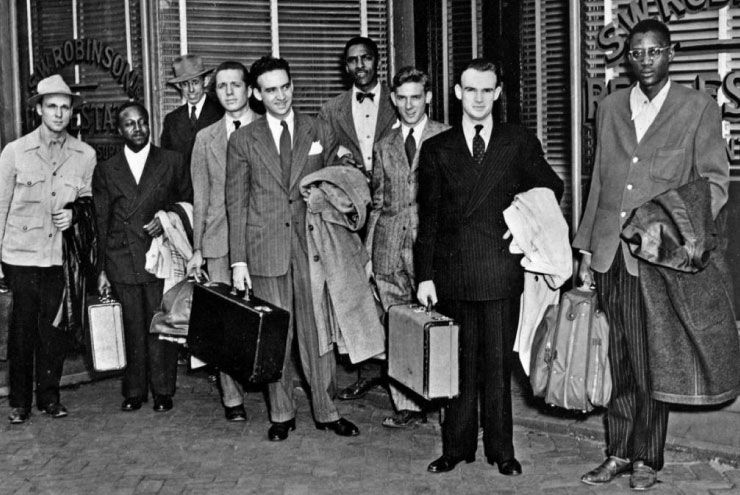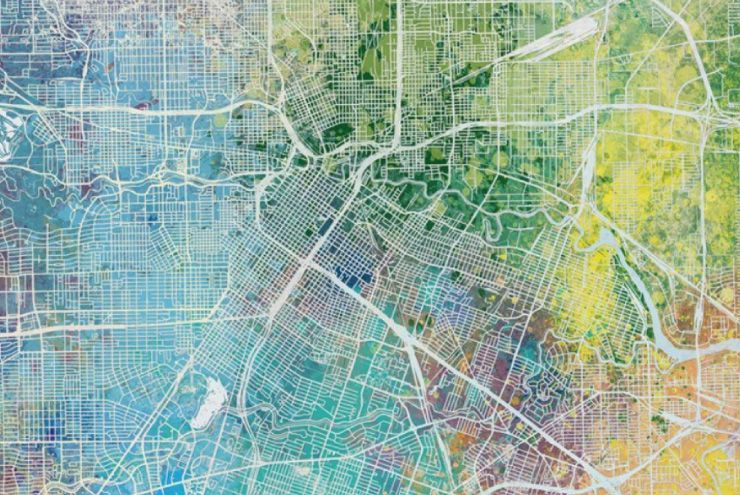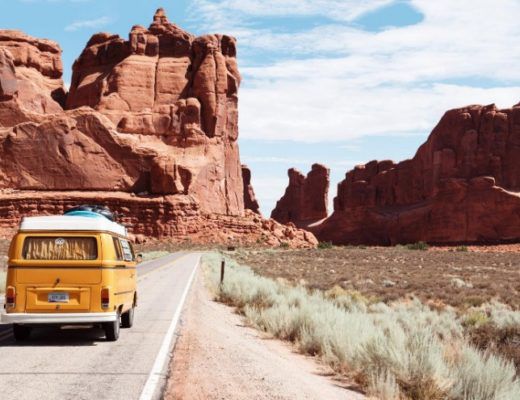By Yvonne Marquez
Now that I live in Dallas, I tend to forget how far away I am from home until I make the nine-hour drive back to visit my family in the Rio Grande Valley. As I put miles behind me and drive through each major city down Texas’ I-35 artery—Dallas to Waco to Austin to San Antonio—I remind myself that I’m not from these urban metropolises, but from a slower-paced world in South Texas. Farther down the highway, I hit the drive through tiny towns—Three Rivers, Georgetown, Premont, Falfurrias—and it’s at the stop lights that I start getting slight butterflies in my stomach. There’s no turning back now.
This weird anxiety always creeps up on the way to the Valley. Don’t get me wrong—I’m excited about seeing my parents, brother, sister, and grandparents and getting my fill of homemade Mexican food. But the fact that I don’t know how to be in the Valley makes me feel uneasy. I was a closeted teen when I lived in the Valley, and I haven’t quite learned how to be an out adult when I visit home. My family accepts and loves me, but it’s my own fears and anxieties that have held me back from being my true self in the borderlands. When I return every few months, I have to confront this uneasiness and examine why I still feel this way.
I fell in love with my best friend when I was 17. We kissed each other one night when she was over at my house, and my whole world exploded. From then on we had a secret relationship. We didn’t have the language to put a label on who and what we were, but we knew we couldn’t tell anyone about it. We held hands underneath cafeteria tables, stole kisses in deserted hallways at school, and exchanged love notes between classes. I don’t think we ever called each other “girlfriends”—we just knew we wanted to be together. We didn’t dare talk about our newfound queerness to anyone. I was a straight-A student who was in band, student council, and participated in academic competitions. I never got in trouble. I didn’t want to stain that “clean-cut” reputation I had built—all the messages I had internalized told me that if I wasn’t straight, I wasn’t “good.” I was terribly afraid of my teachers, peers, and friends finding out and thinking poorly of me. If my parents found out, I feared they’d disown me.
In the Valley, the population is 90 percent Latino, mostly made of Mexican-Americans and Mexican immigrants. Because of the makeup of the population, our culture permeates the region with its strong Catholic presence and la familia being a priority. In my culture, women are expected to be good Catholics, good wives, and good mothers. She must serve God, her husband or father, and provide for her children. As Gloria Anzaldúa points out in her groundbreaking book, Borderlands, “The queer are the mirror reflecting the heterosexual tribe’s fear: being different, being other and therefore lesser, therefore sub-human, in-human, non-human.” I couldn’t be gay because I would be rebelling against what was laid out as my destiny. I was threatening both the familial structure and the patriarchy, and this would bring shame to my family—I had to keep quiet about my gay relationship.
It wasn’t until I left the Valley to go to college in Austin that I was afforded the freedom to grow and discover parts of myself outside of my parents’ home and, in turn, learned to accept my queerness. I realized I had to leave the Valley in order to love myself and to know that it’s ok to be gay. With each passing year, I become increasingly confident in who I am, and care less about what others think while I’m in the Valley.
But those residual feelings from when I was closeted have yet to fully disappear—they still occasionally resurface when I visit. My current partner and I first met in Austin and we now live together in Dallas. Because of this, we’ve always been afforded the liberal embrace of blue oases in a red state and never had to think too much about PDA. But when my partner comes with me to visit the Valley, I’m always aware of how affectionate she is with me in front of my family or when we’re out in public. One time while we were at my grandparents’ anniversary celebration, I turned her hand away because I felt there were too many extended relatives and friends of family watching us. In the back of my mind, I thought our handholding would bring about negative attention, while the focus should be on my grandparents. My partner was upset about the situation because I made her feel ashamed for wanting to hold my hand. It reminded me that I still haven’t allowed myself to be whole in the Valley—it’s something I’m still working on. Each time I visit, I quiet my fears with knowing that my loved ones are by my side, and that I’m the only one who can take charge of my life—my very gay life.
It’s been eight years since I left the Valley, but the Valley is my very being, and I carry it everywhere I go. Once those corridos are blasting out of my speaker, my heart becomes nostalgic for home, and I automatically want to grab my partner and dance. When I crave food from my childhood, I make my favorite breakfast tacos, papas con chorizo on warm flour tortillas. The Spanglish that rolls off my tongue is choppy and is seen as inferior to Spanish, but it’s the language of my people and communicates exactly what I want to say. The Valley and my queerness are equal parts of me. They’re both intrinsic to my identity as a queer Tejana — a diehard Texan with Mexican roots, a proud lesbiana, y Xicana.







